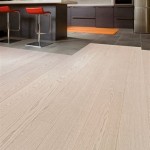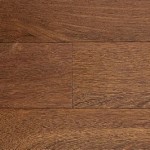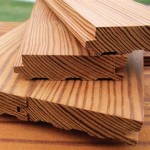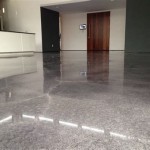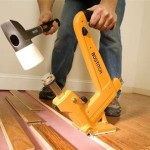## Transitioning Hardwood Flooring Between Rooms: Essential Considerations
Creating a seamless transition between hardwood flooring in different rooms adds a touch of elegance and sophistication to any home. However, to achieve a flawless result, it's crucial to pay attention to certain essential aspects, ensuring both aesthetic appeal and practicality.
1. Determine Flooring Direction
Before laying down the flooring, determine the flow of each room to decide the direction in which the planks will run. In most cases, aligning the planks parallel to the longest wall creates a sense of visual expansiveness. Consider the flow of traffic, furniture placement, and natural light when making this decision.
2. Choose Suitable Transition Strips
Transition strips are essential for bridging the gap between hardwood floors in different rooms or at doorways. Select transition strips that complement the color and style of your flooring, while also providing the necessary protection from moisture and wear. Options include T-moldings, reducers, and thresholds.
3. Establish Stable Base
For a secure transition, ensure that the subfloor is level and stable. Install a layer of underlayment or plywood to create a flat surface for the hardwood flooring. Screwing down the planks into the subfloor provides additional stability and prevents buckling or warping.
4. Use Expansion Gaps
All hardwood flooring expands and contracts with changes in temperature and humidity. To prevent buckling, leave a small expansion gap around the perimeter of the room and between transition strips. Typically, a gap of 1/4 inch is sufficient. Fill the gaps with a paintable caulk for a clean and professional finish.
5. Cut and Install Transition Strips
Cut the transition strips to the desired length using a miter saw or a sharp hand saw. Position them over the expansion gaps and secure them with nails or screws. Countersink the nails or screws slightly below the surface of the flooring and fill the holes with wood filler. Sand and stain the transition strips to match the color of your hardwood flooring.
6. Create Smooth Transitions
For a flawless transition, ensure that the transition strips are level with the hardwood flooring. Use a sanding block to smooth out any unevenness between the strips and the flooring. Apply a clear finish or stain to the transition strips to protect them from wear and tear.
By following these essential considerations, you can achieve a seamless transition between hardwood flooring in different rooms, enhancing the aesthetic appeal and value of your home while ensuring its durability and functionality.
How To Transition Your Wood Floors Between Rooms Artisan Llc

Transitioning Wood Floors Smoothly From Room To T G Flooring

Transition Between Old Wood Floors And New Hardwoods With A Strip Betwee Hardwood Wide Plank Engineered

How To Transition Your Wood Floors Between Rooms Artisan Llc

How To Transition Between Two Diffe Floors Flooring

Guide To Flooring Transitions

Floor Transition Ideas Expert Advice Craftedforlife

Wood Laminate Hallway Transition At Junction Flooring Hardwood Floors Floor Installation

How To Handle Flooring Transitions Wood Tile Carpet

Can I Blend New Hardwood Floors With Old


